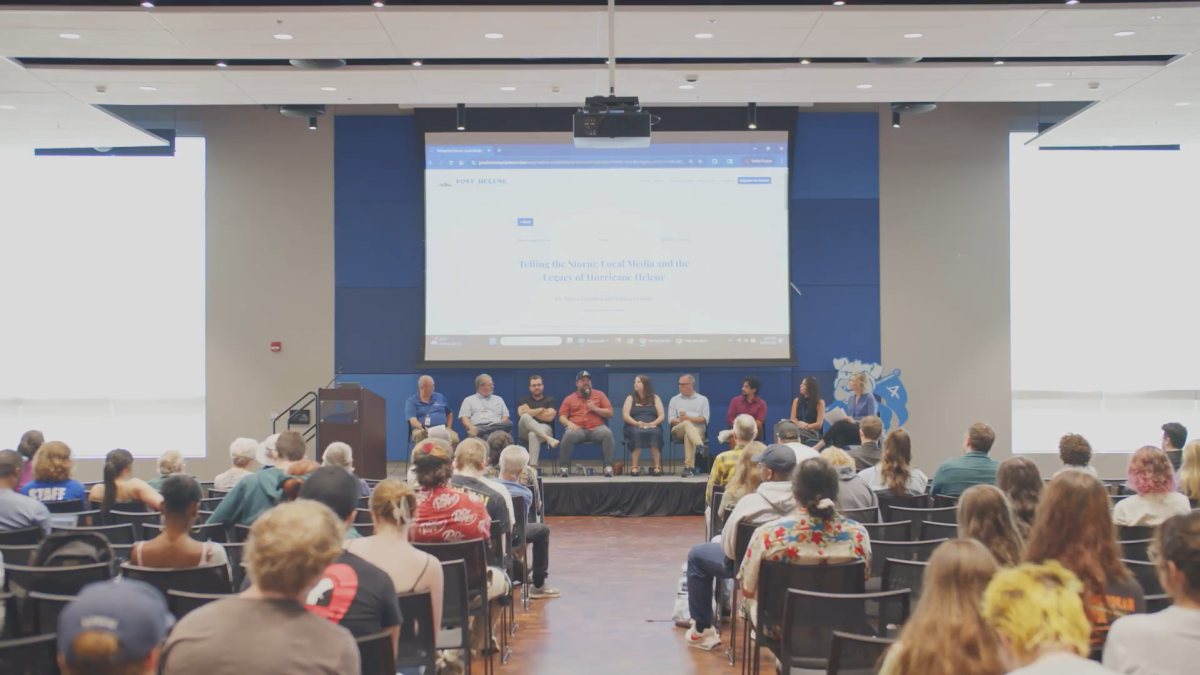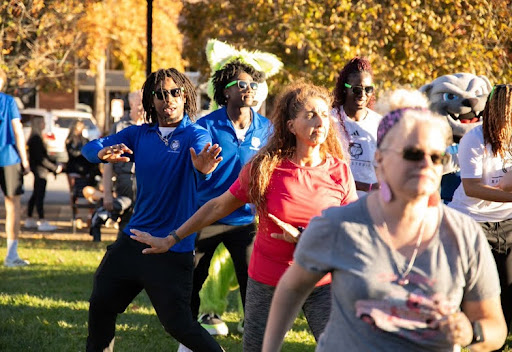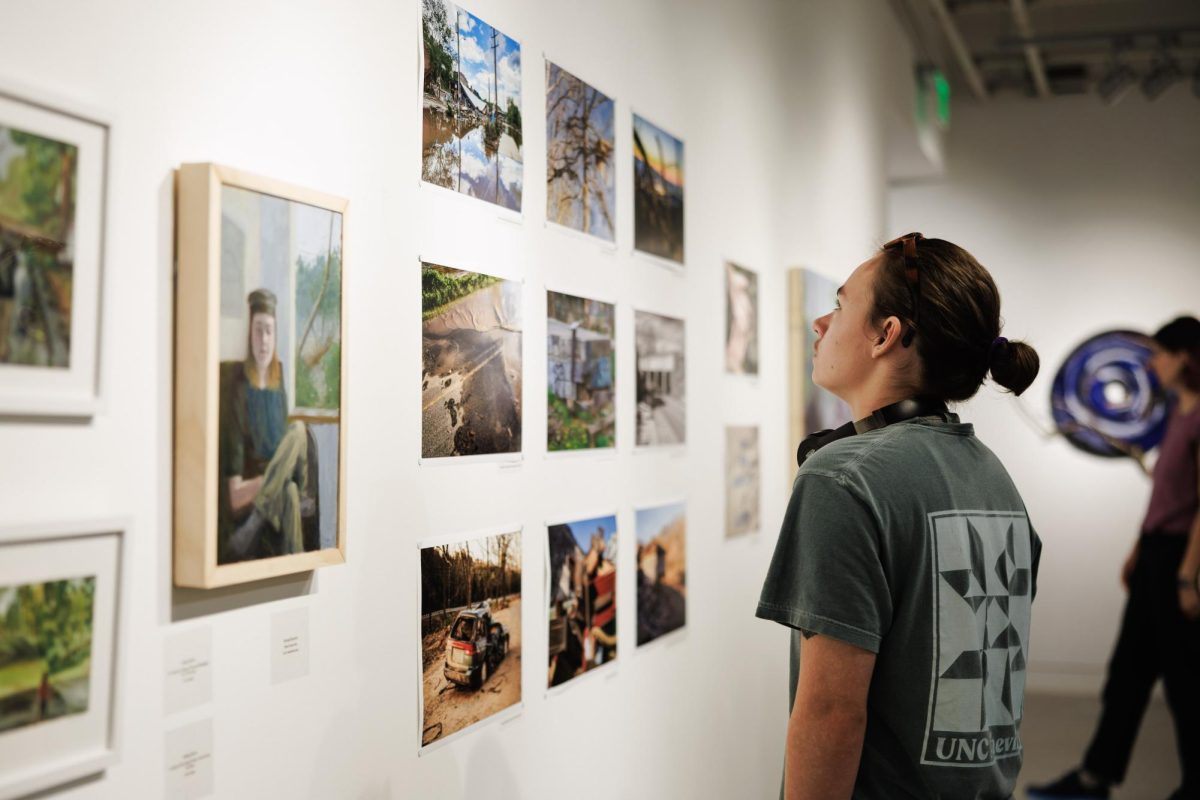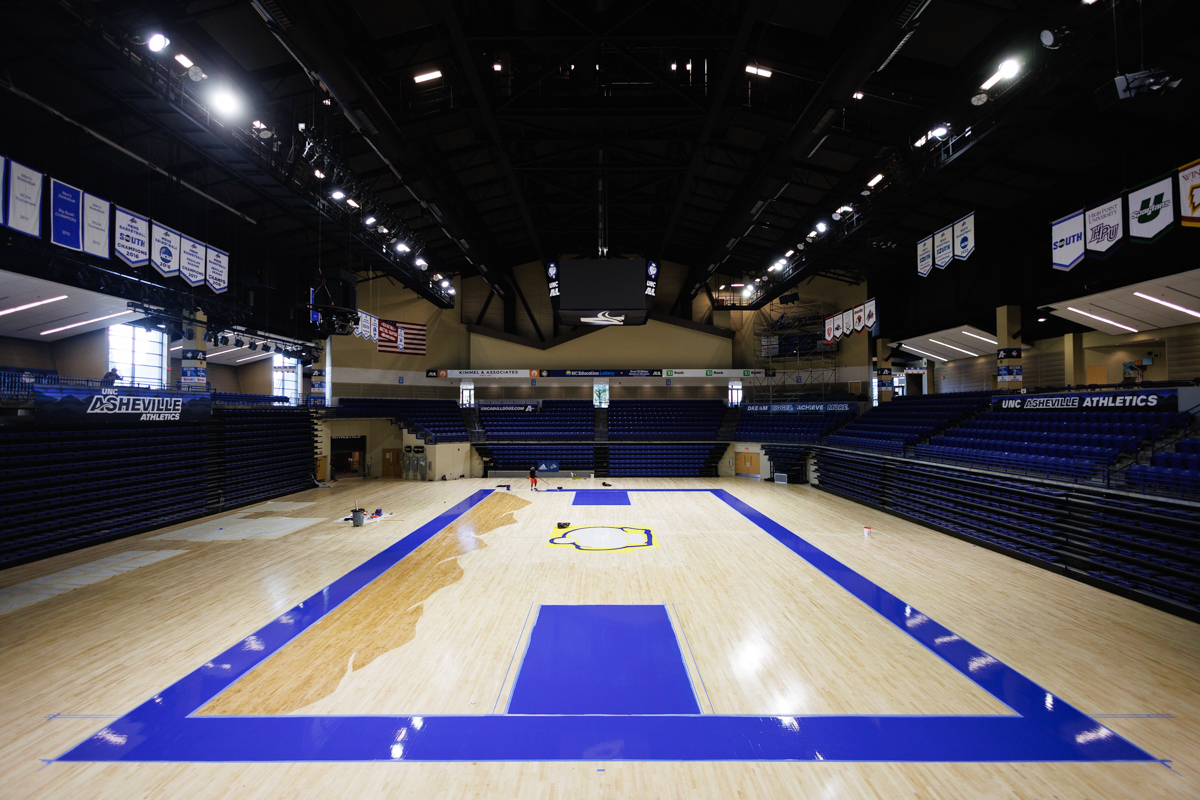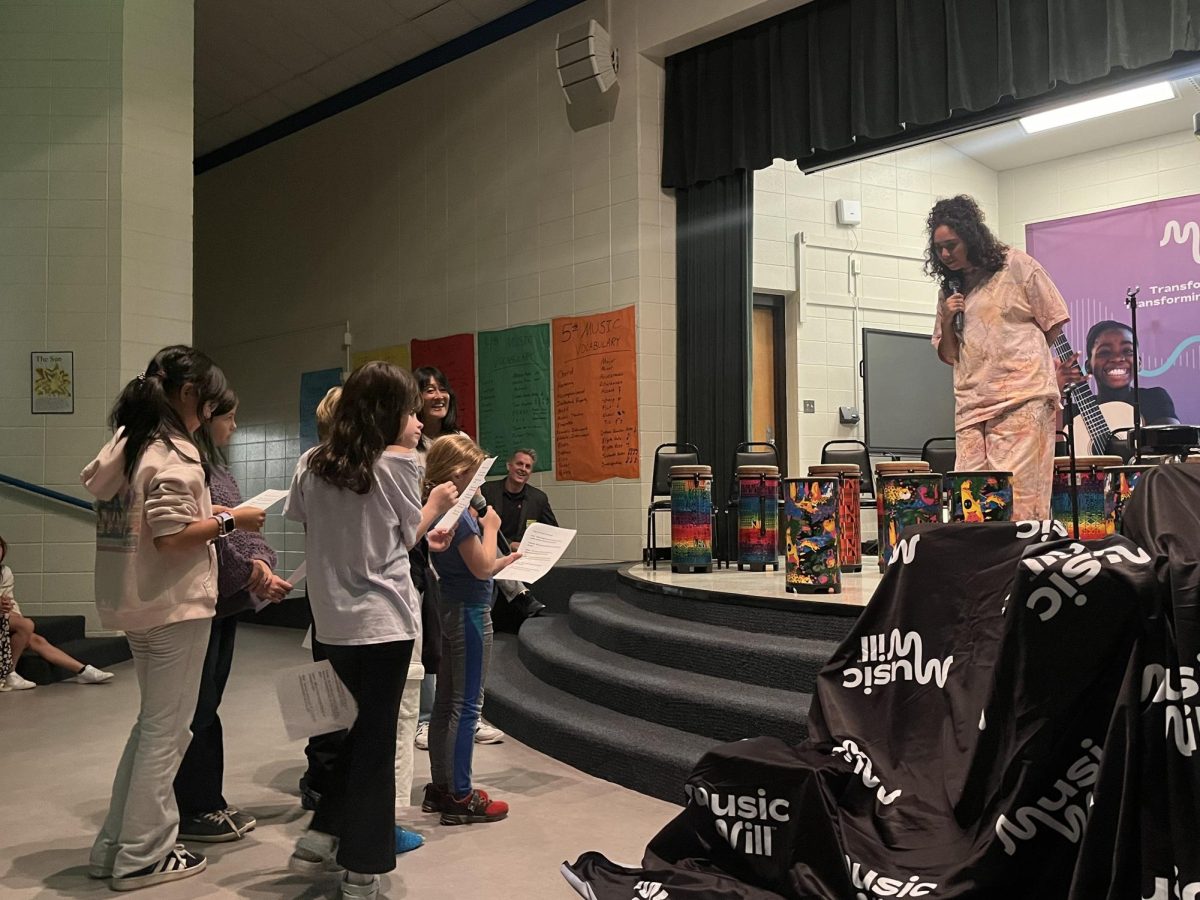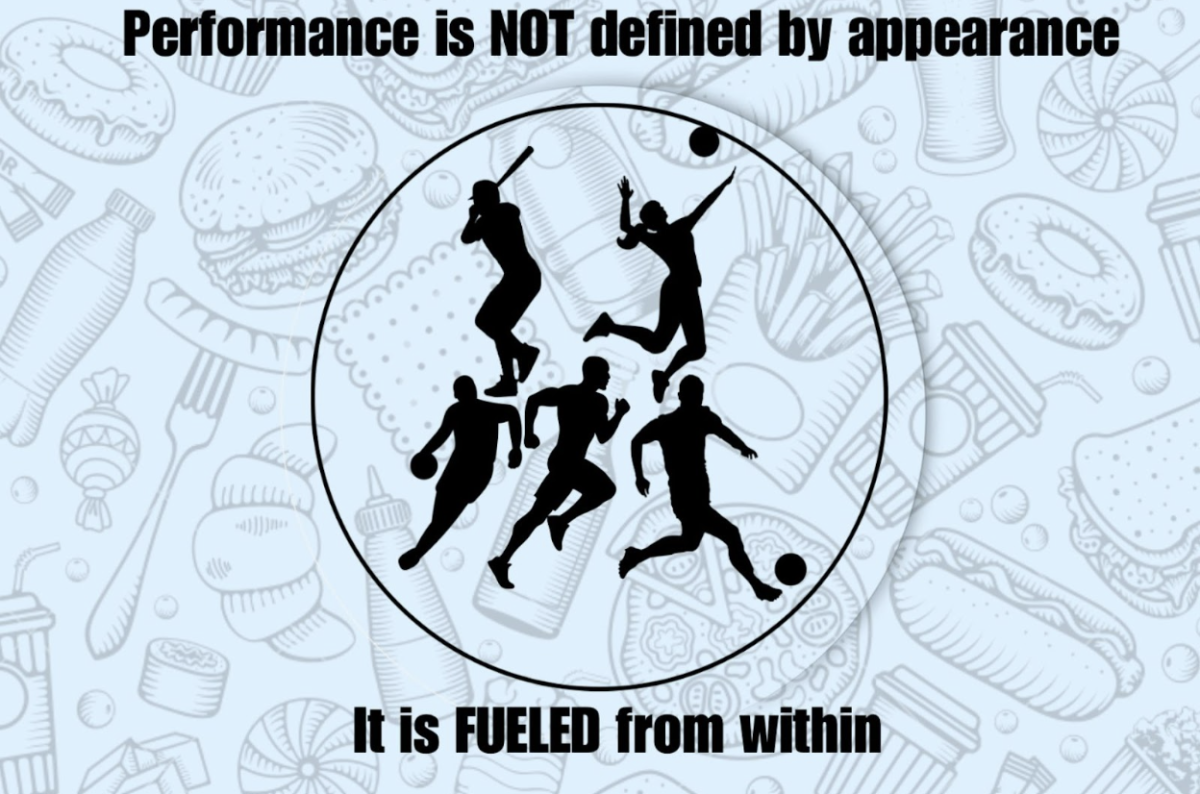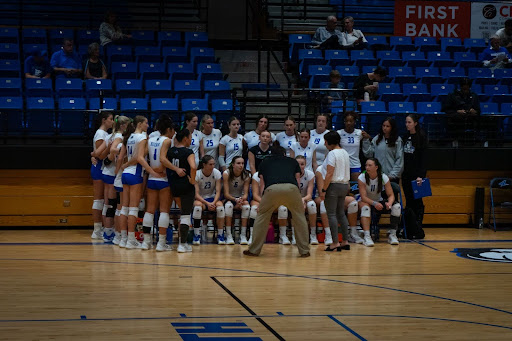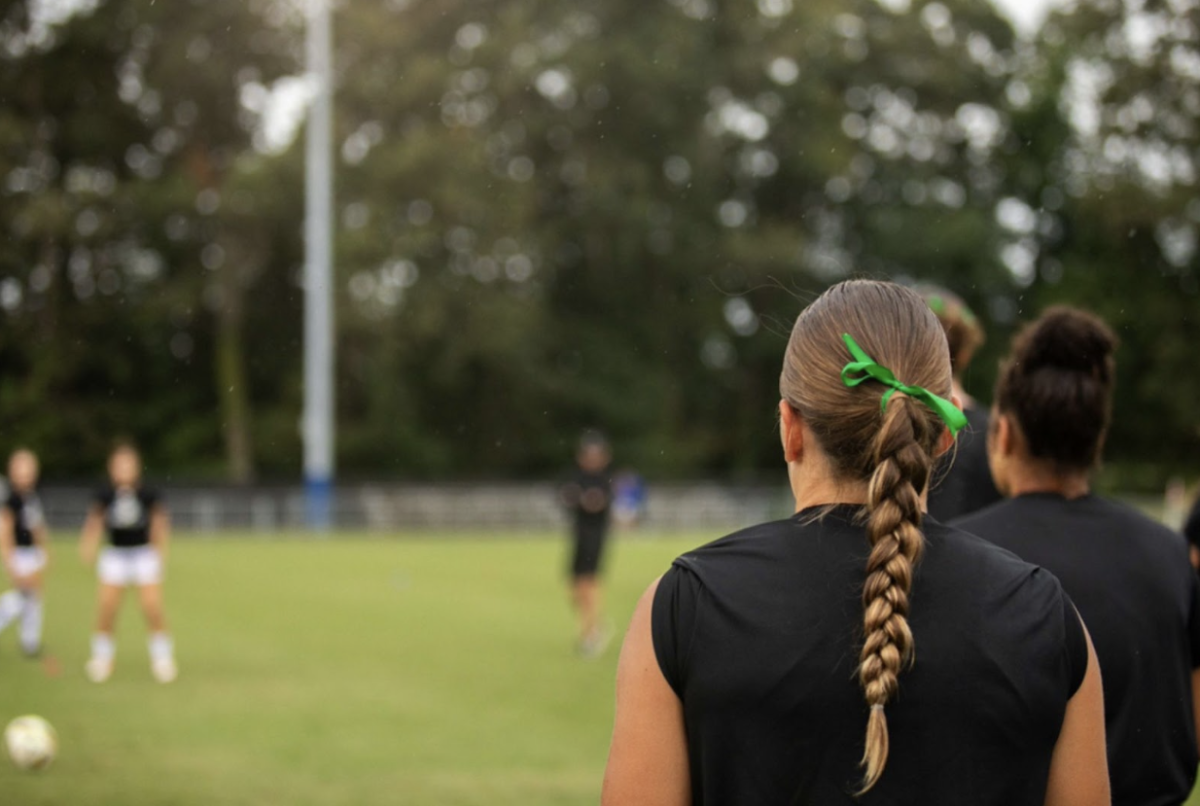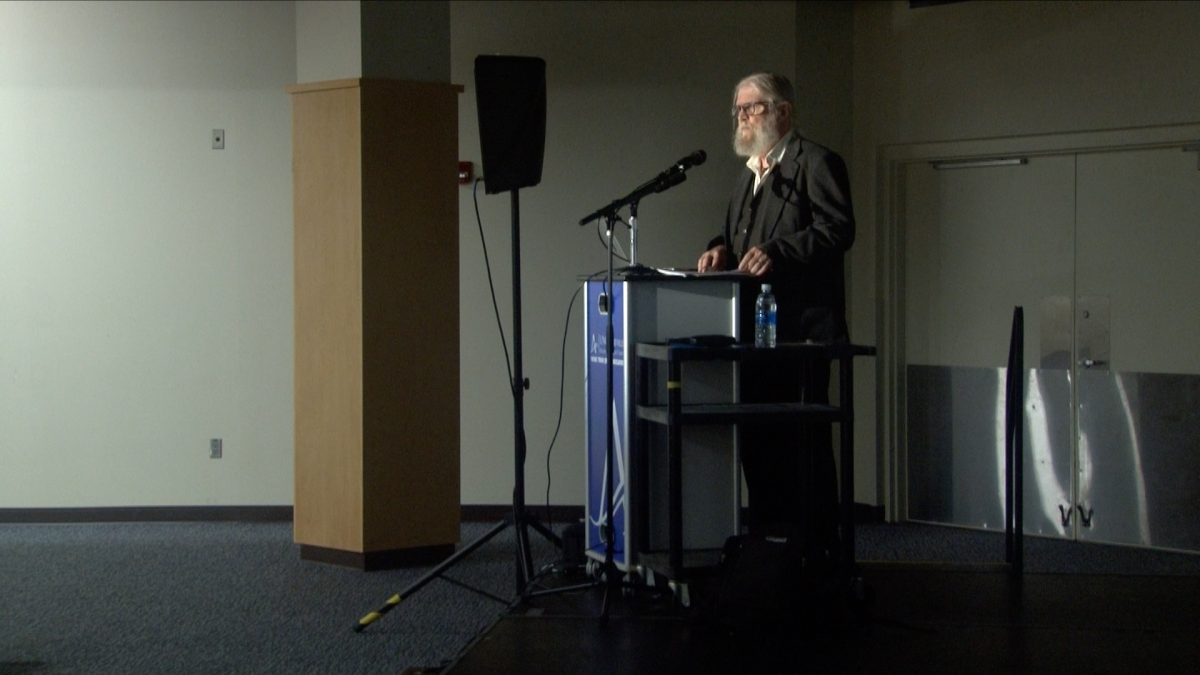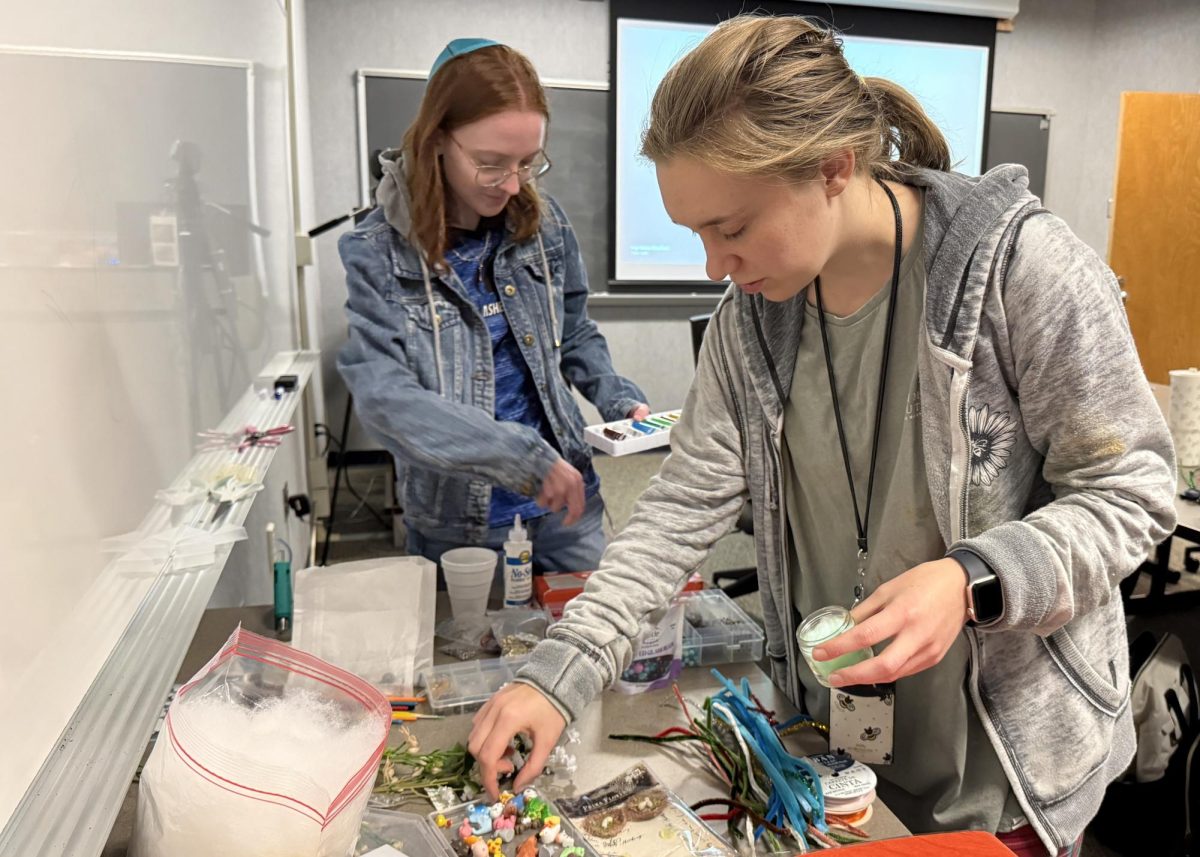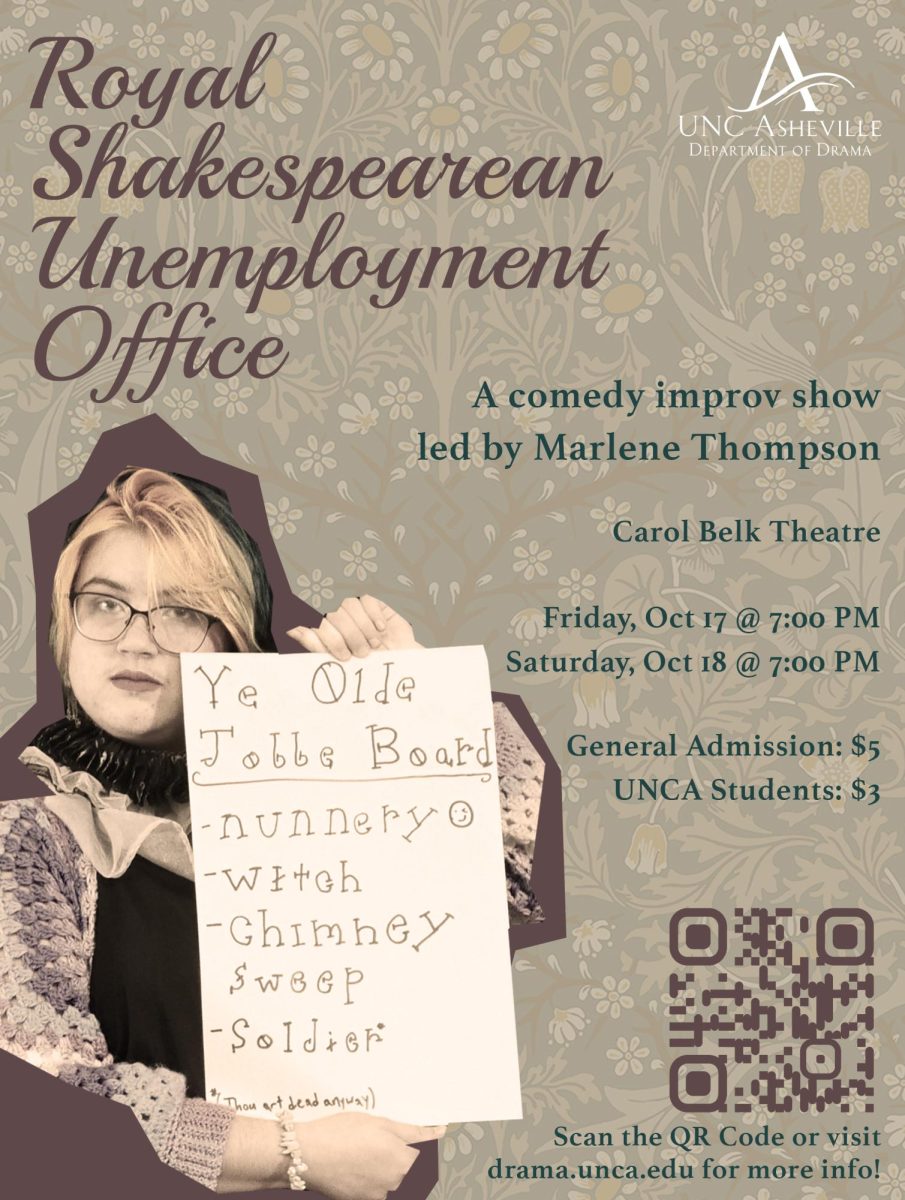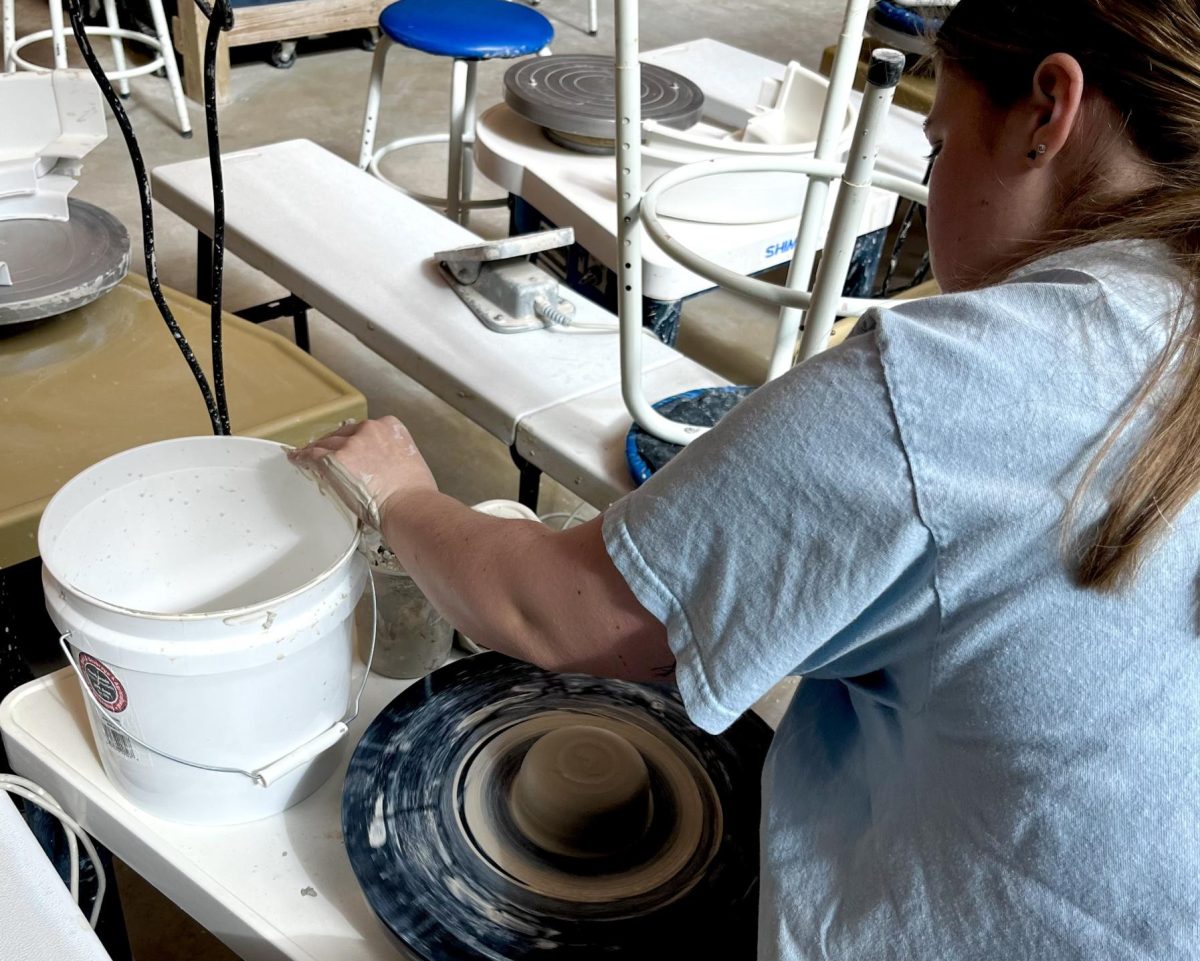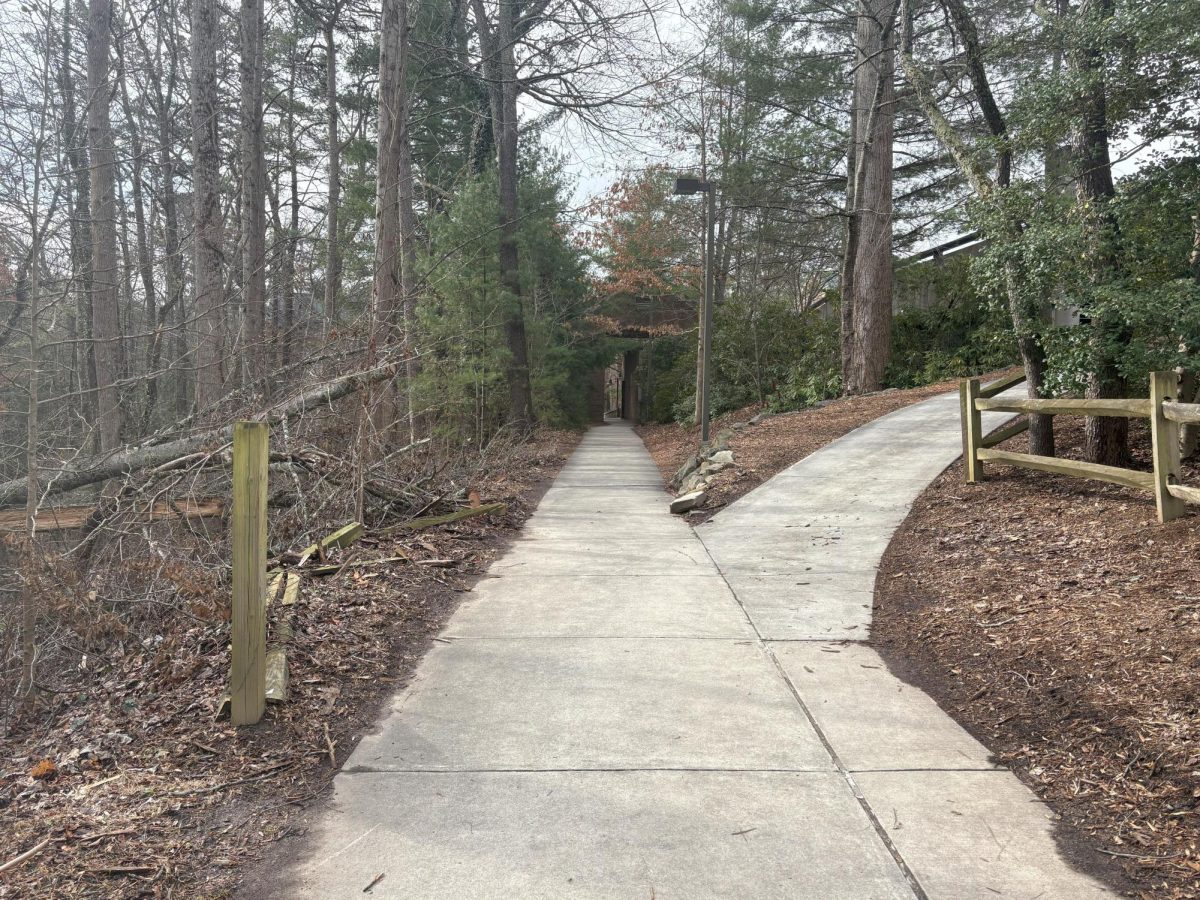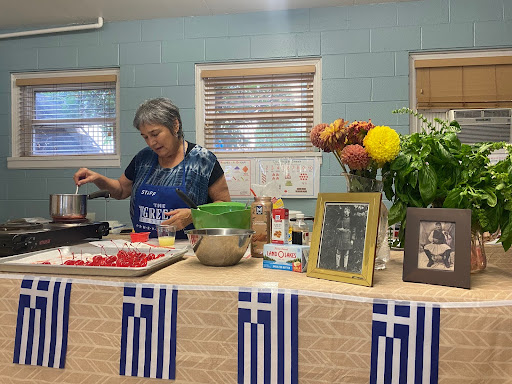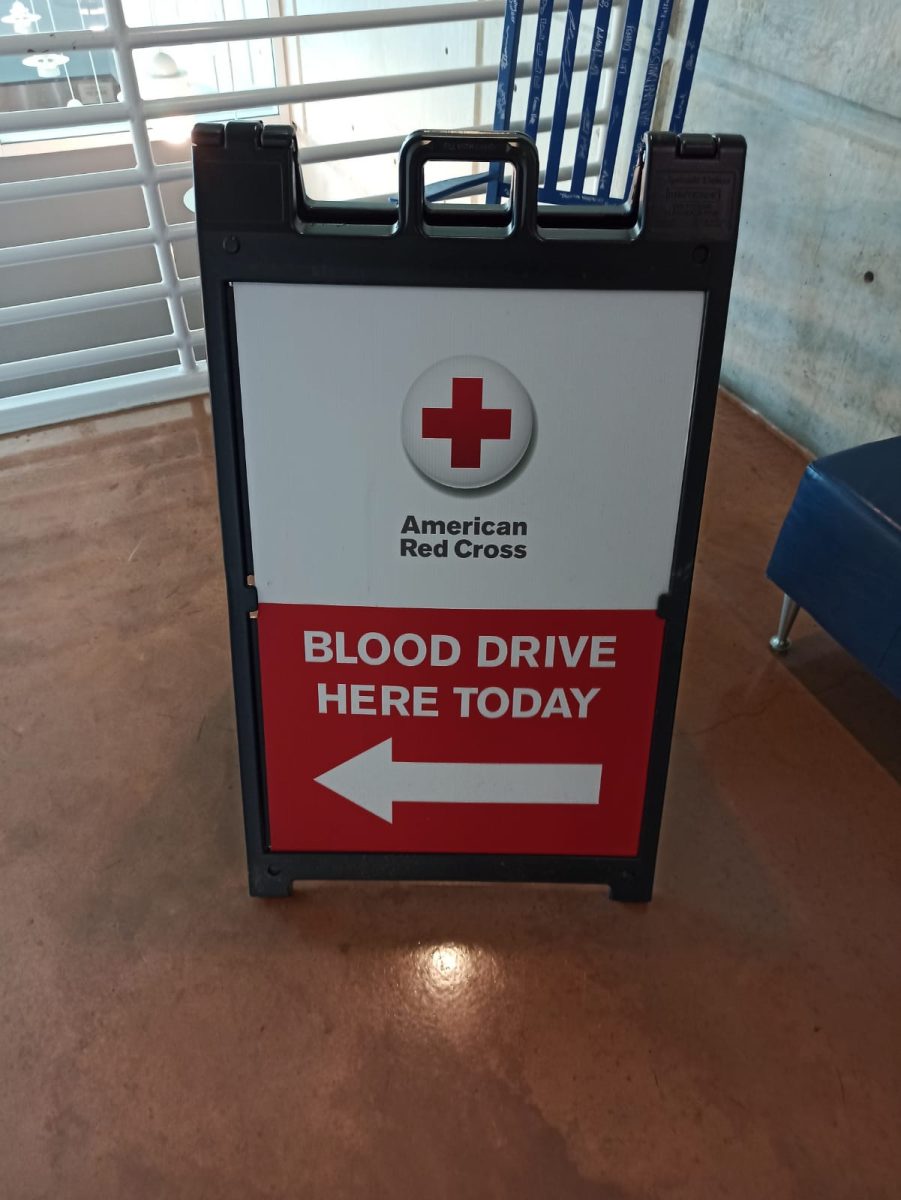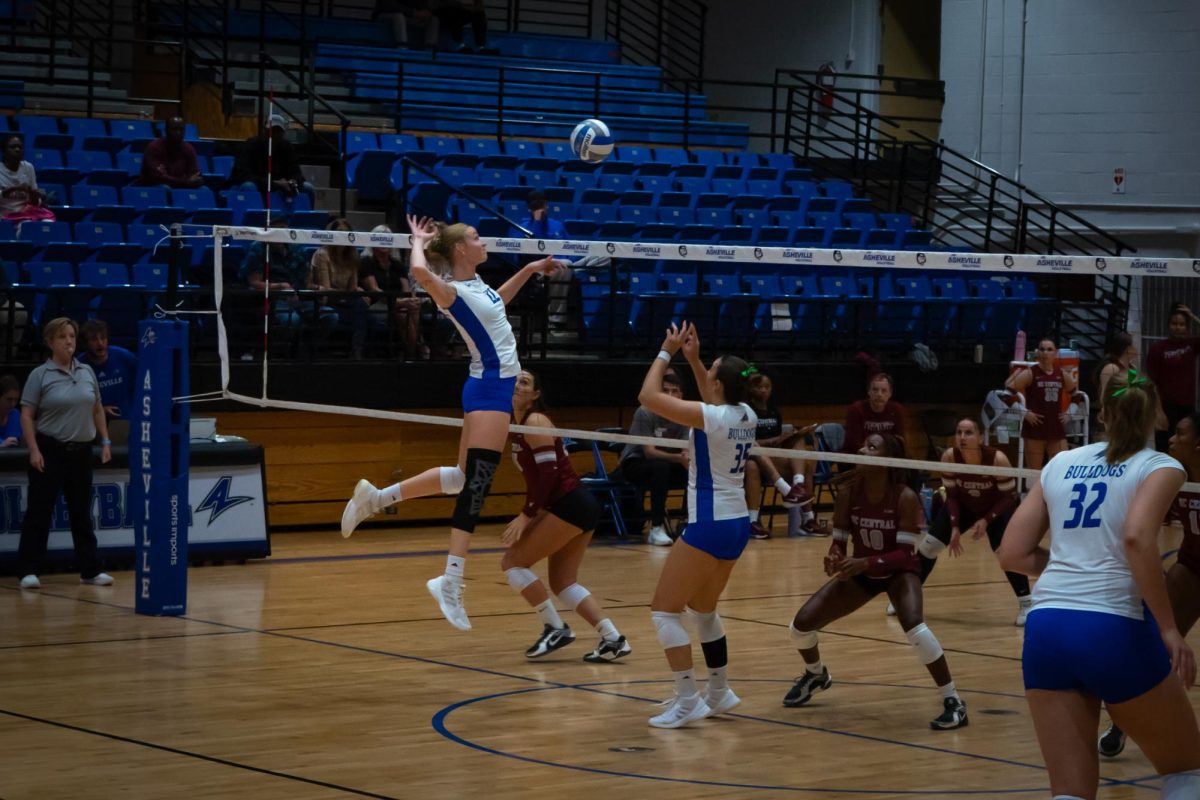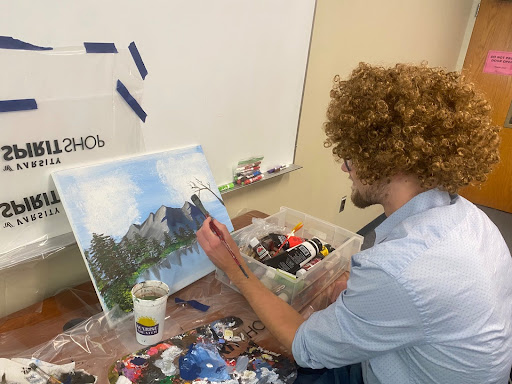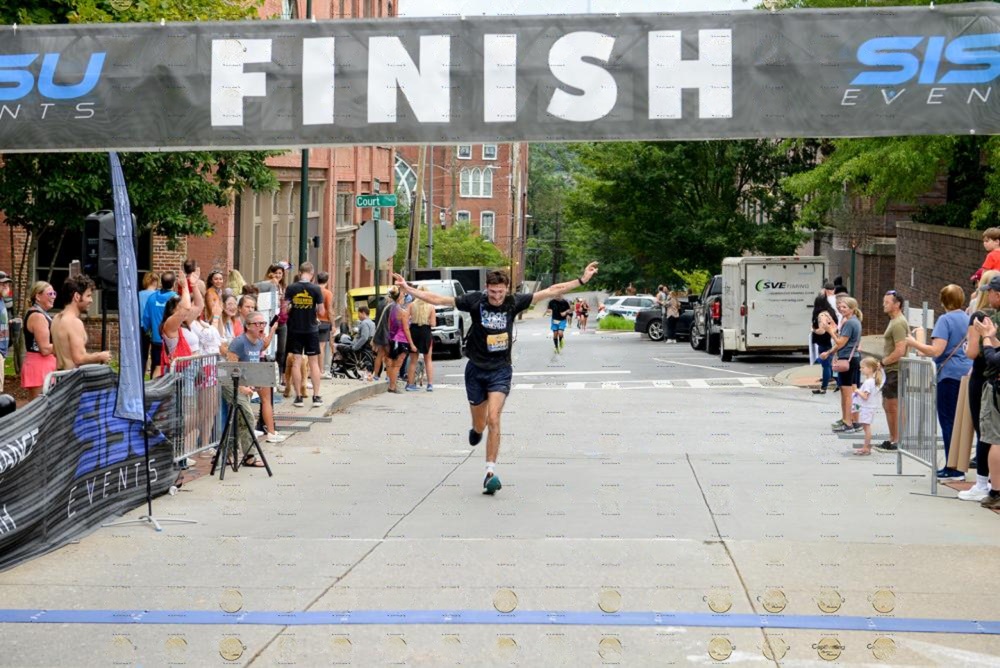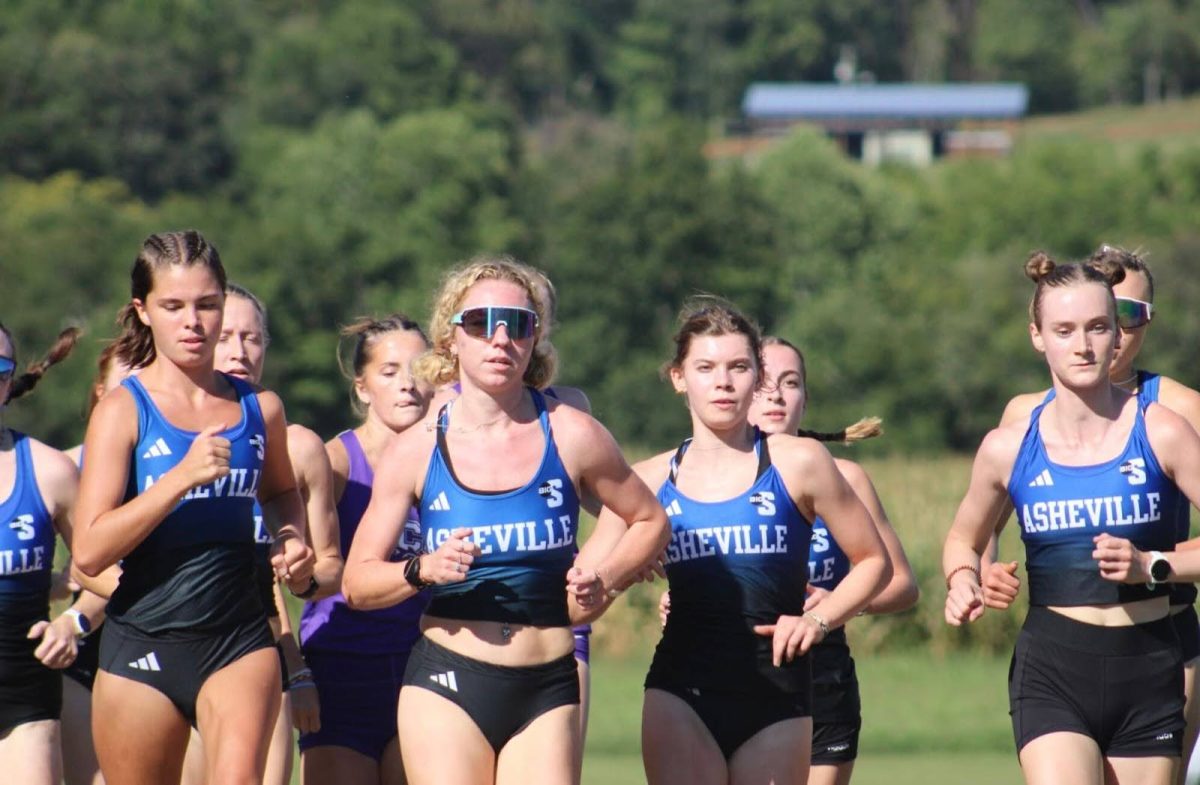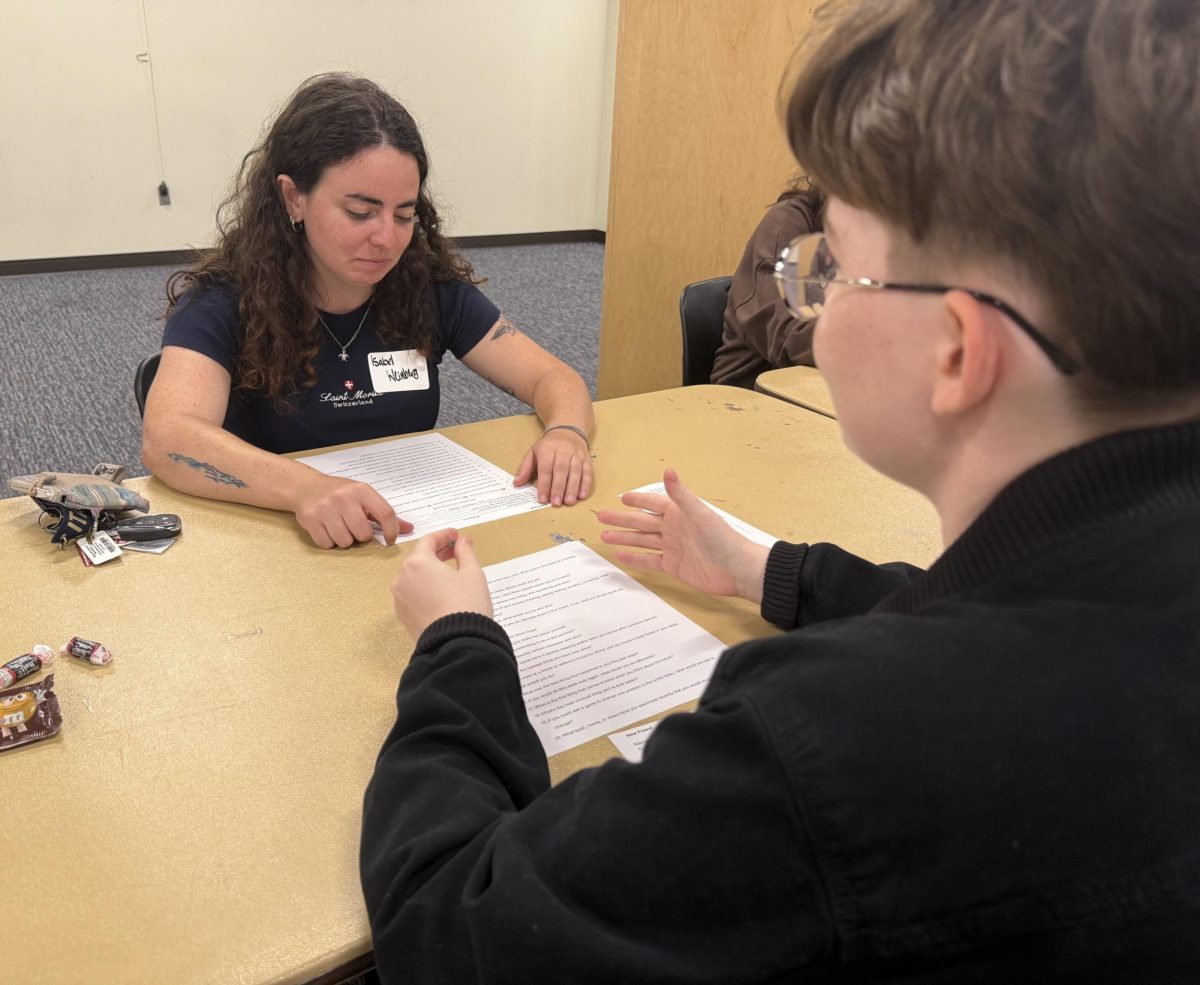The rush to leave makes that week a distant, painful memory. Pulling back into the parking lot causes the fuzzy details of the end of September to bite at the back of the brain. The squeak of carts burdened by thrown-together bags, the rush of people and the smell of too-full porta-potties. The long stretches of stillness, awaiting news on static-ridden walkie-talkies. It’s hard not to feel like that time was a scene from a movie where sirens foreshadow it’s the end of days.
Despite the lack of people around, the fear is still palpable, an eerie silence as the pressure dampens familiar sounds. Dying leaves roll aimlessly on the pavement where students used to be. A month away has done little to improve the morale on campus.
The grief of it all weighs down and smothers any excitement the journey back to campus could have elicited. It’s enough to keep most people away. The fragrant smell of wet earth and crisp wind announcing rain. Nature, some plants upturned, but most still rooted, offers little solace. The pebbles on the path to the door still crunch beneath footfall. The door still unlocks when the right card is put to it. It’s funny how some things stay the same in the face of disaster.
* * *
On Sept. 25, Resident Assistants were warned the incoming storm may get bad and as the storm developed, the head of housing suggested RAs who wanted to leave should. They never guilted RAs into staying, but most did. Being an RA is a job in which self-sacrifice is second nature. Giving up time, privacy and freedom are often the biggest sacrifices asked of RAs, so the decision to stay was made by most with a serious lack of consideration for the potentially devastating effect of the storm. To them, it was just another weekend, although now they had to be on-call for longer.
The second campus lost water, the reality of the storm hit. Through a series of quick decisions, communal bathrooms were locked, porta-potties were set up and residents were gathered and told not to use the water anymore. That’s when panic set in. Teams were assembled, desks were manned and supplies were handed out. No amount of training could prepare the RAs in the Ridges resident halls for the following days. The area director for the Ridges was in another part of the state and the backup director was in California. The RAs were on their own.
The days crawled by as team numbers whittled down, as did students left on campus. Each day was a balancing act, having to compartmentalize feelings for the sake of the community. With no cell service on campus, news was spread by word of mouth and keeping track of students became a herculean effort. Students would come into the building in a panic with news they overheard or disappear and tell no one where they were going. Some students would leave notes telling their friends and loved ones their plans, others would rush out in the middle of the night with nothing but a backpack and the will to make it home. RAs would go door to door knocking each morning to take a head count but were often left in the dark about where their residents went. Parents would come each day asking for students who may have already left for home. This was the worst part. Dealing with parents who just missed picking up their child, possibly passing each other like ships in the night, one entering a dead zone, another leaving it. Being a figure of authority took a toll and left most RAs spending nights sweating in their sweltering rooms, crying until sleep came.
* * *
Light shines through and the familiar squeak of the door echoes as it announces that company is in the empty West Ridge residence hall. The smell of the hallway offers a warm mildew scent most had gone nose-blind to during the semester. Dropping bags off in the abandoned bedroom provides a new challenge in the form of freshly repaired leaks fixed by maintenance in the absence of the student body. Everything inside is intact, albeit rearranged, both familiar and forever changed.
It’s hard not to feel like a trespasser in a building that was once home when it looks so strange. The few people spotted on campus walk with a thousand-yard stare and offer a weary smile. They may not have weathered the storm, but they faced the clean-up. It’s not hard to see that people and communities here are frayed and those left are desperate to fix that. It’s going to be a long semester.
* * *
The weeks are filled with Zoom meetings and talking heads suggesting virtual community-builders: movie nights over Zoom or virtual Halloween costume contests. The fatigue of living through historical events is taking its toll and administrators are antsy to put a bandaid on it.
It’s hard to escape the memory when the water still comes out of the taps and the shower head brown. There are empty water bottles that litter dorms, dumpsters and dining halls. Caution tape is wrapped around water fountains. Students are supposedly back and if someone were to sit on the quad all day, they might even see one.
Long drives reveal the storm’s reality away from the campus insulation. Despite what TikTok shows, it wasn’t just rich people’s third homes that were destroyed. Lives were lost and homes were crushed. The O’Reilly’s sign still has its muddy water line, offering a reminder of how much was swallowed by the storm. There’s so much that was lost and so much to get back, if it’s even possible to.
